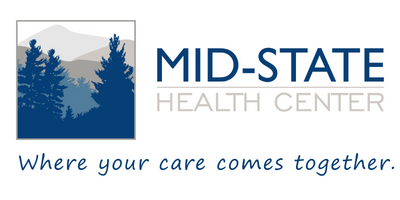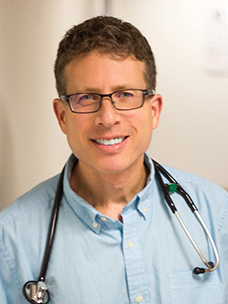In 1952, polio ravaged the country, with over 20,000 Americans, mostly children, paralyzed. Public pools and movie theaters closed and windows were shut in the heat of the summer. Parents feared their kids would have to live in iron lungs to breathe. On April 12, 1955, millions gathered around their radios to hear the announcement that Jonas Salk’s polio vaccine was safe and effective. Church bells rang out as family members embraced, hopeful at last.
We are now faced with another dangerous pandemic, COVID-19, which has killed over a million people worldwide, closed schools and businesses, and kept us away from sports, entertainment, and our friends and family. While we all know that face-mask wearing and social distancing are essential, many people worry about the disruption in our children’s education, the economy, and our mental well-being.
Fortunately, the unprecedented effort to quickly discover a COVID-19 vaccine has paid off. In Pfizer’s clinical trial, 170 of the 40,000 volunteers got COVID-19 but only 8 of those had received the vaccine. Only 1 of the 10 severe cases had gotten the Pfizer vaccine. Moderna had similar results with 30,000 volunteers and 95 getting the virus, with only 5 who received the vaccine. None who had the Moderna vaccine became severely ill. While the trials were completed quickly, scientific standards were followed and no shortcuts were made. The high prevalence of COVID-19 allowed enough people in the trials to catch the virus and give us these results sooner.
Side effects are expected to occur in 10-15% of people vaccinated including fatigue, muscle, and joint aches, headaches, and pain or redness at the injection site, typically going away after one or two days. People should expect to be somewhat more uncomfortable than with the typical flu shots and consider taking the next day off from work. These symptoms are all signs that the vaccine is working. No long term side effects have been seen in vaccine trials. A second dose is required in three to four weeks before the vaccine will protect you.
In deciding whether to get the vaccine, compare the risk of one or two days of tiredness and aches with the known COVID-19 risks of heart and lung damage, strokes, and potentially death. A study showed that 2 months after being hospitalized with the virus, one-third of people still had trouble breathing. Experts all agree that getting COVID-19 is far more dangerous than any potential risk from the vaccine. It is safe for people who have had COVID-19 to get vaccinated, and vaccination remains important since those who had a mild illness may not be immune from getting re-infected.
New Hampshire has a detailed plan for vaccinations including 4 phases: initially health care workers, first responders, and then those in long-term care facilities or with high-risk health conditions. This first group will be followed by teachers, child-care workers, essential industry workers, and older adults. Finally, children, young adults, and then the entire public will be eligible. It will likely be April before everyone has an opportunity to be vaccinated. Thus, it is critical that we all continue to maintain social distancing and wear masks over both nose and mouth to prevent further increases in the spread of COVID-19 while we wait for a vaccine.

